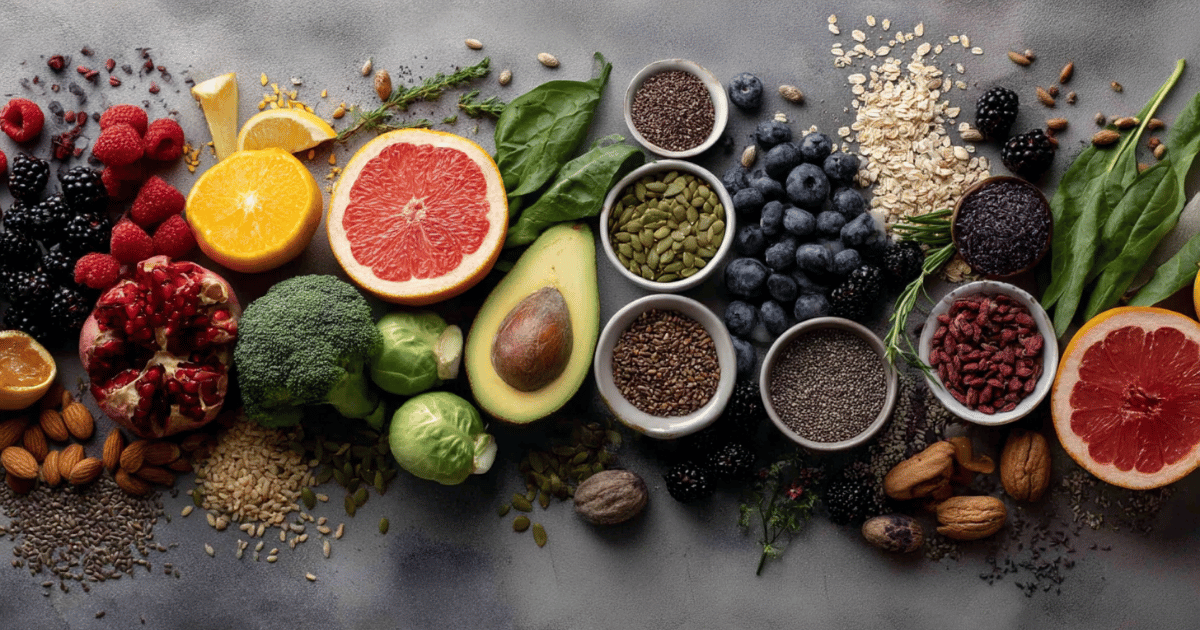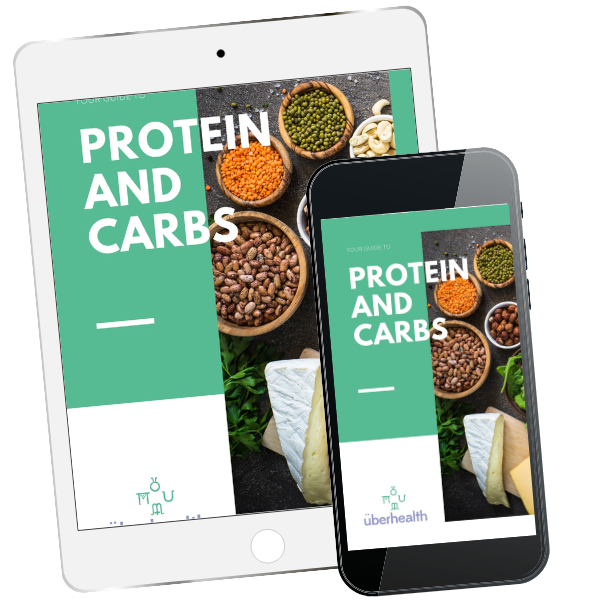The Micronutrient Cost of High-Volume Training: What Every Endurance Athlete Needs to Know

When we think of sports nutrition, the conversation usually centres around the big-ticket items: carbs, protein, hydration. And don’t get me wrong, they absolutely matter.
But underneath that macronutrient layer is a whole other level of nutritional support that’s often overlooked: micronutrients.
These small-but-mighty vitamins and minerals play critical roles in energy production, muscle function, oxygen transport, immune strength, recovery, and hormonal balance basically everything endurance athletes need to thrive.
Yet with high training volumes, sweat loss, and repetitive physical stress, many athletes walk a nutritional tightrope - eating well on paper, but slowly drifting into sub-clinical deficiencies that quietly chip away at performance.
Let’s dig into the most commonly depleted micronutrients in endurance sports and what you can do to stay on top of them.
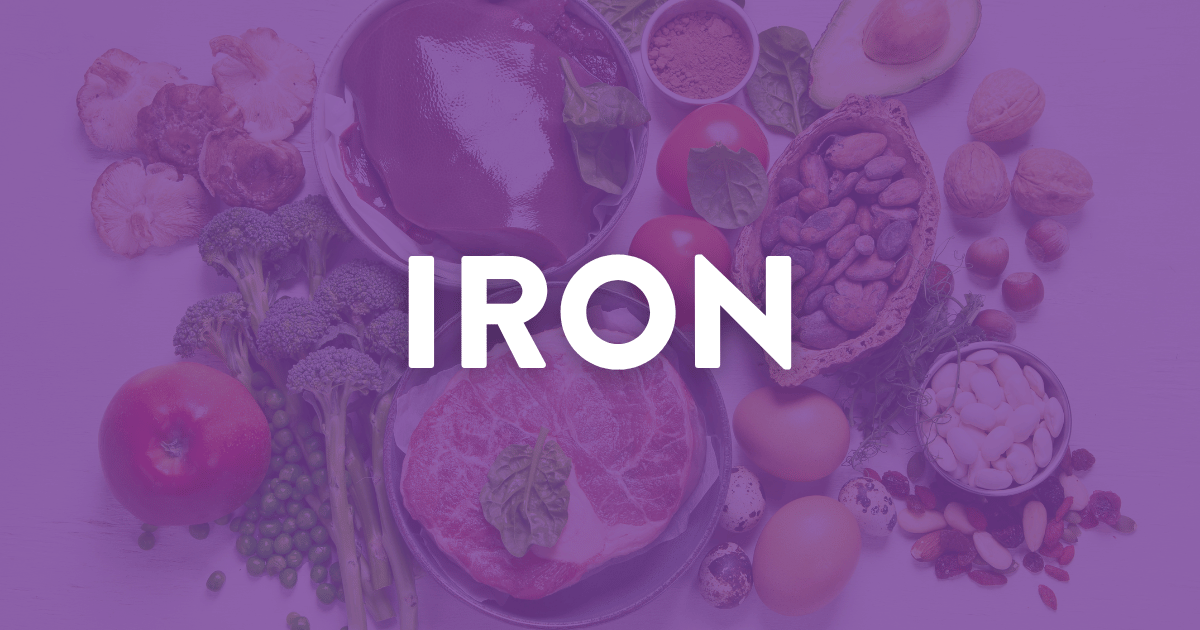
1. Iron – The Oxygen Carrier
Iron is essential for red blood cell production and oxygen transport—critical for endurance performance.
Why it depletes:
- Sweat loss
- Foot-strike haemolysis (in runners)
- GI bleeding (more common than you'd think in endurance sports)
- Inadequate intake, especially in plant-based athletes or those with heavy training loads
- Menstrual blood loss
Signs of low iron:
- Fatigue (not just during sessions, but all day)
- Poor recovery
- Decreased VO₂ max
- Pale skin, frequent illness, shortness of breath
What to do:
- Get your ferritin and transferrin saturation tested regularly, not just haemoglobin.
- Consider food-based iron + enhancers (like vitamin C), and be cautious with supplements. Unmonitored iron can be harmful.

2. Magnesium – The Muscle Mineral
Magnesium is involved in energy production (ATP), nerve function, muscle contraction, stress regulation, and more than 300 enzyme systems in the body.
Why it depletes:
- Lost in sweat
- Burned up during physical and psychological stress
- Often low in Western diets due to soil depletion and processed foods
Signs of low magnesium:
- Muscle cramps or twitches
- Poor sleep
- Elevated resting heart rate
- Anxiety or mood fluctuations
- Increased injury risk and slower recovery
What to do:
- Boost intake with leafy greens, nuts, seeds, cacao, legumes, and whole grains
- Consider magnesium glycinate or citrate supplements post-training or before bed, especially during high-load periods
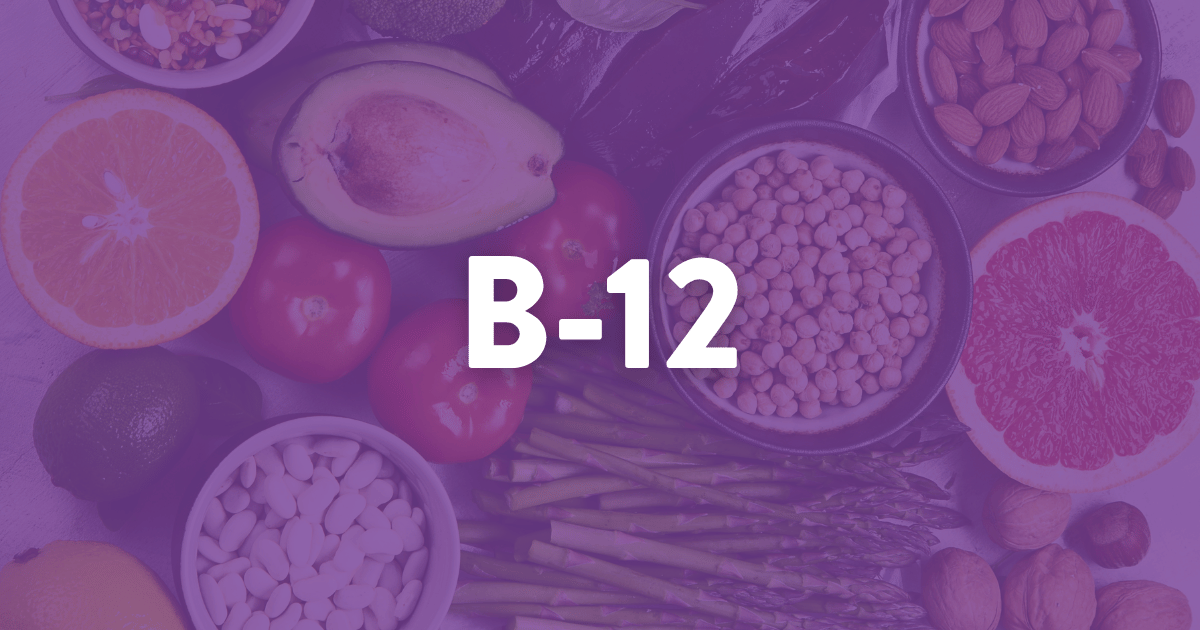
3. Vitamin B12 – The Nerve and Energy Co-pilot
Vitamin B12 is essential for red blood cell production, nerve function, and DNA synthesis.
Why it depletes:
- Low intake in vegetarian/vegan diets (B12 is found only in animal products)
- Absorption issues (especially common in endurance athletes with GI stress)
- High turnover during intense training blocks
Signs of low B12:
- Numbness, tingling, or “pins and needles”
- Fatigue or weakness
- Brain fog or mood changes
- Poor balance or coordination
What to do:
- If you’re plant-based or suspect a deficiency, test your B12 and methylmalonic acid (MMA)
- Supplement wisely with B12 methylcobalamin, ideally sublingual or injectable (based on your practitioner’s advice)
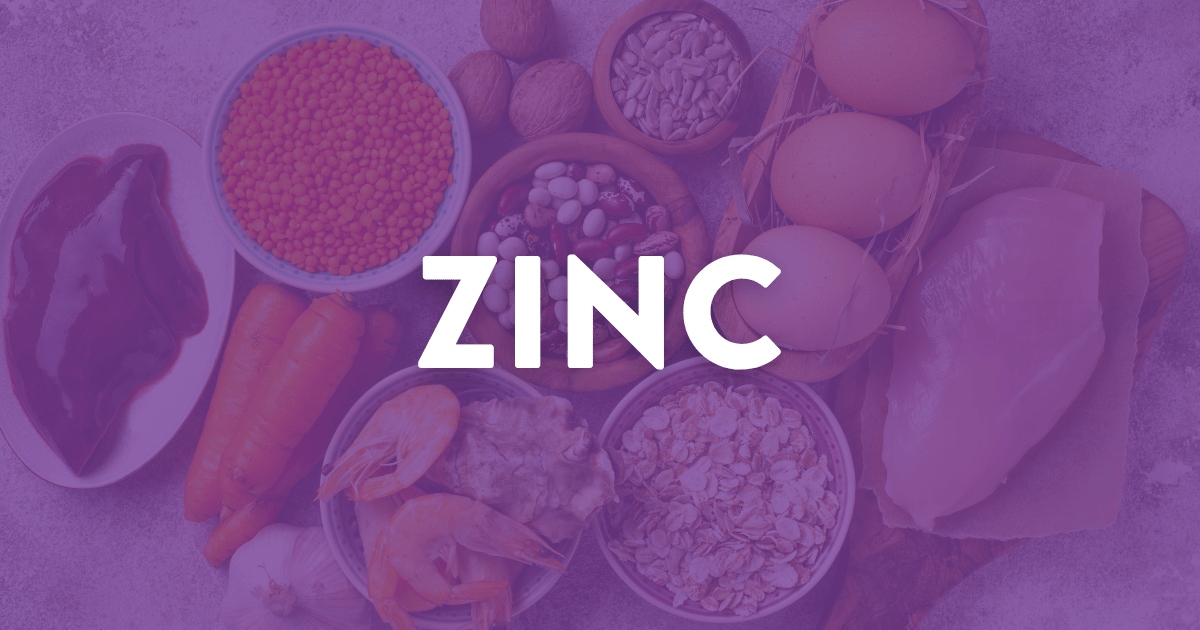
4. Zinc – The Recovery and Immunity Essential
Zinc is involved in cell repair, immunity, wound healing, hormone production, and protein synthesis - a big deal for athletes who train hard.
Why it depletes:
- Lost in sweat
- High turnover with muscle repair and immune demand
- Often under-consumed in restrictive diets or low-meat intake
Signs of low zinc:
- Frequent colds or infections
- Slow wound healing
- Loss of taste/smell
- Poor appetite
- Hormonal imbalances
What to do:
- Include zinc-rich foods like pumpkin seeds, oysters, red meat, chickpeas, cashews, eggs
- Avoid over-supplementing without testing. Zinc competes with copper, so balance is key
The Silent Micronutrient Saboteurs
What makes micronutrient depletion so tricky is that it doesn’t always hit you like a brick wall. More often, it’s a slow fade:
- Workouts that feel harder than they should
- Sleep that doesn’t refresh you
- Recovery that lags despite doing “all the right things”
- A niggling injury or that third cold in two months
These little signs are your body waving the red flag before something bigger breaks down.
Prevention Is Better Than Burnout
Rather than waiting until you're low, I recommend athletes:
- Run regular blood tests if you're in full training
- Track signs and symptoms
- Periodise supplementation just like you do your training
- Focus on nutrient-dense whole foods, not just calories
- Get professional guidance before throwing supplements at the wall
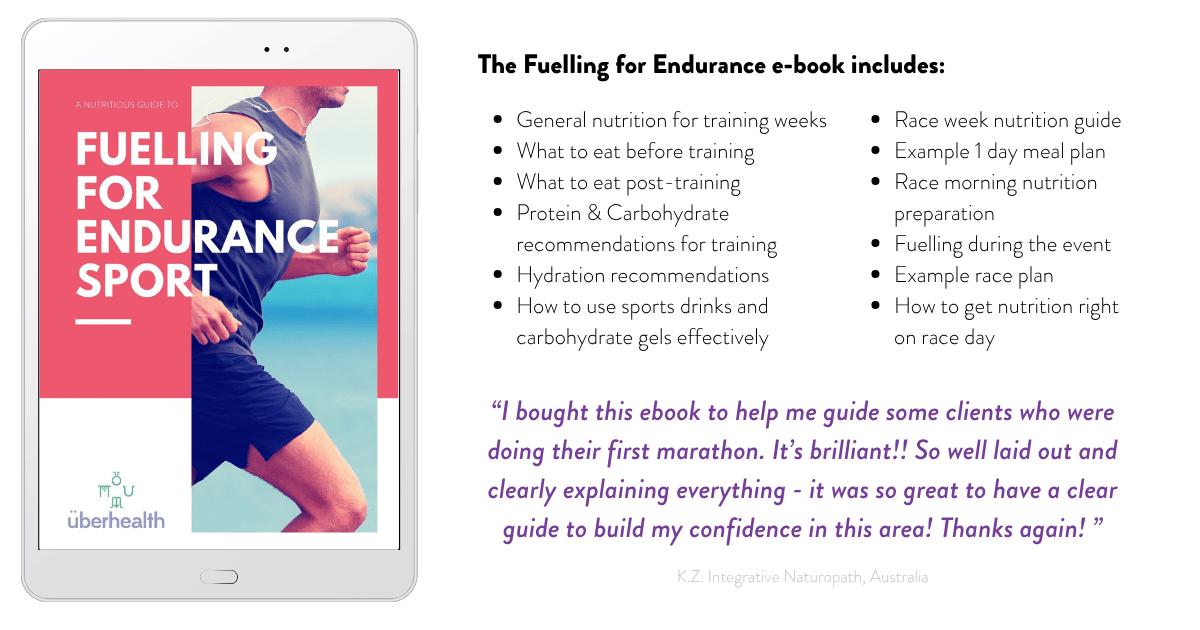
Want A Simple Starting Point?
I know this can feel like a lot especially when you’re already juggling training, racing, recovery, work, and life.
That’s why I created my go-to guide: Fuelling For Endurance: A Sports Nutrition Guidebook
Inside you’ll find:
- Nutrition strategies for long training blocks
- Supplement tips and checklists
- Guidance on micronutrients, hydration, gut health, and more
- Real food ideas for fuelling and recovery
It’s a comprehensive resource designed to help you train smarter, stay healthy, and perform at your best without second-guessing your nutrition.
📘 Fuelling For Endurance: A Sports Nutrition Guidebook
Performance isn’t just about what you eat today, it’s about what you’ve absorbed, stored, and supported all season long.
Stay nourished, perform well.
FREE RESOURCE


